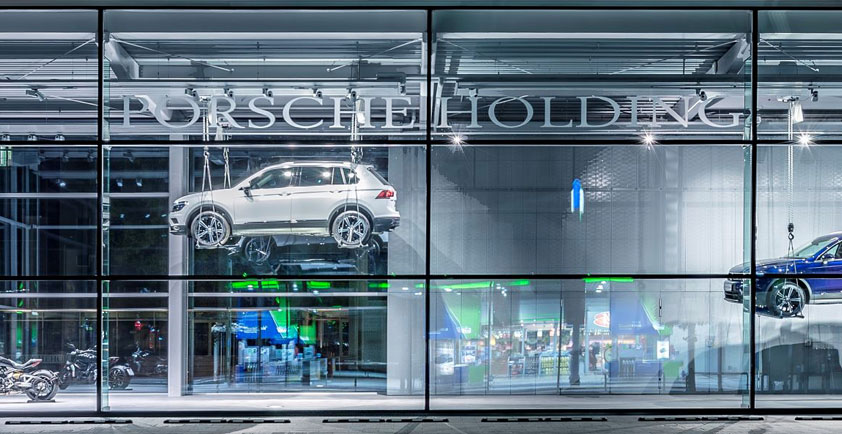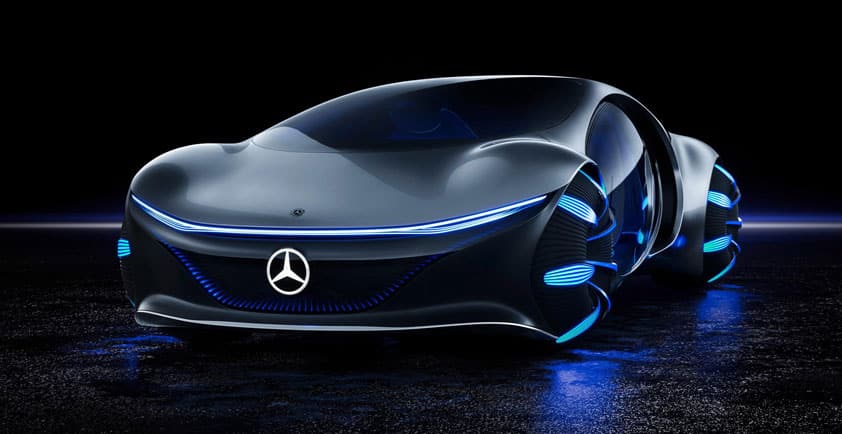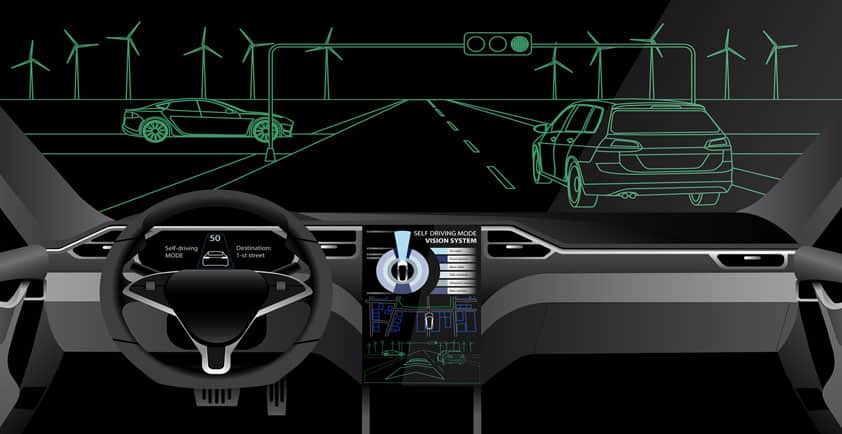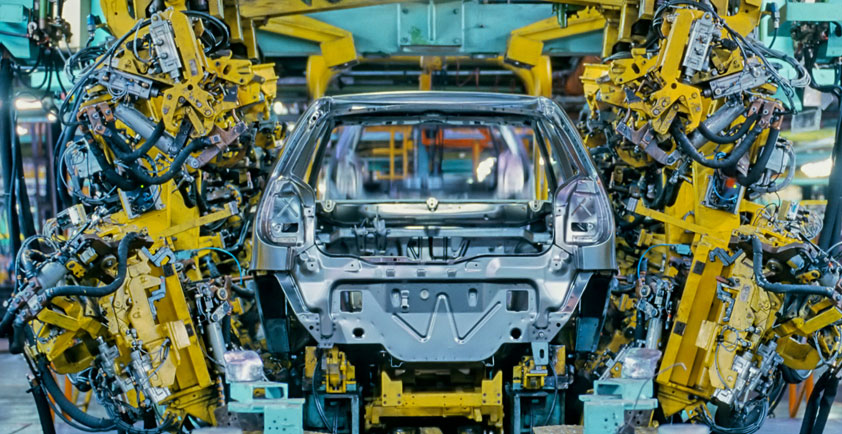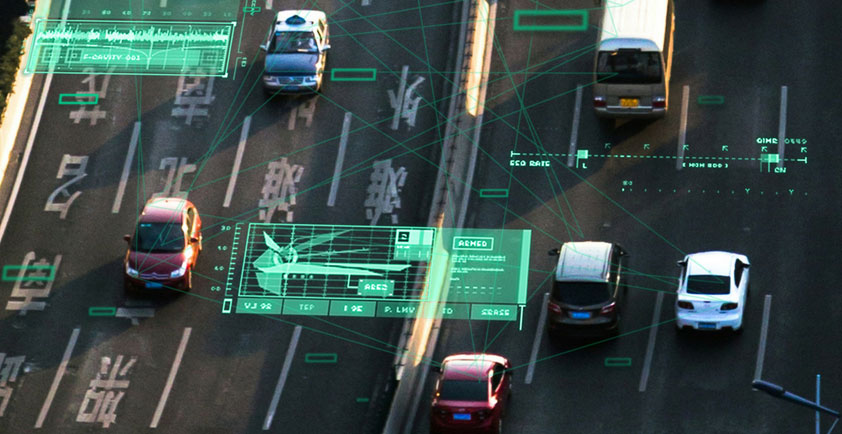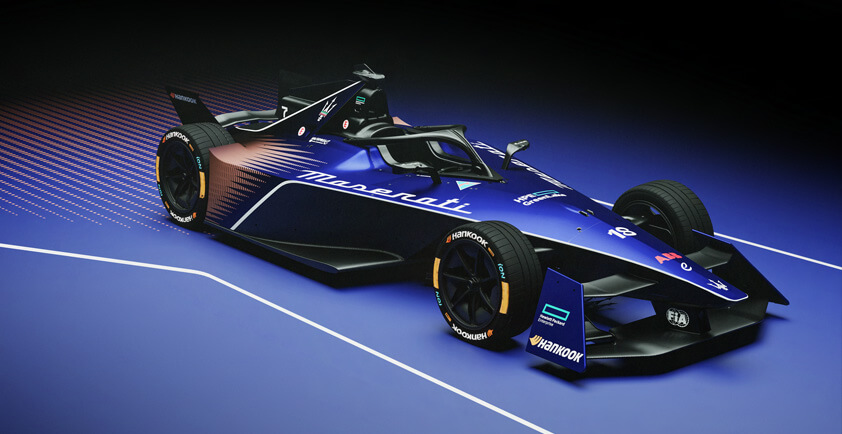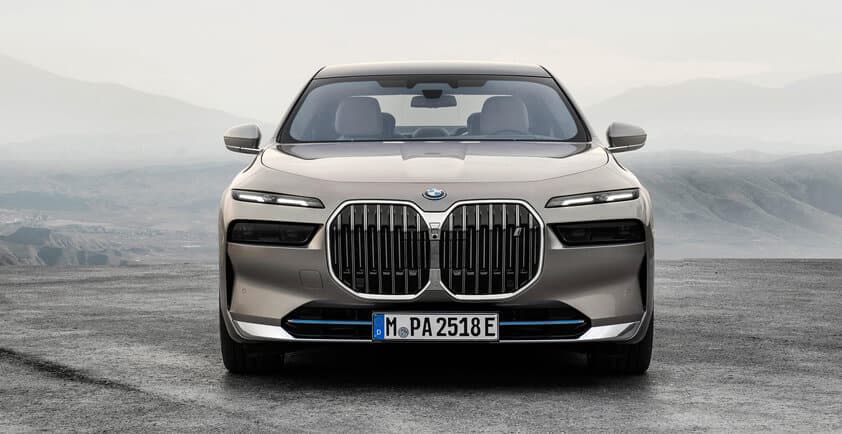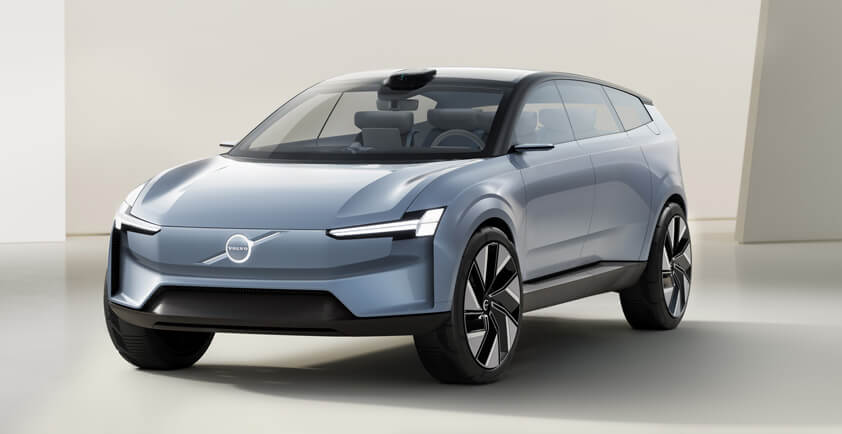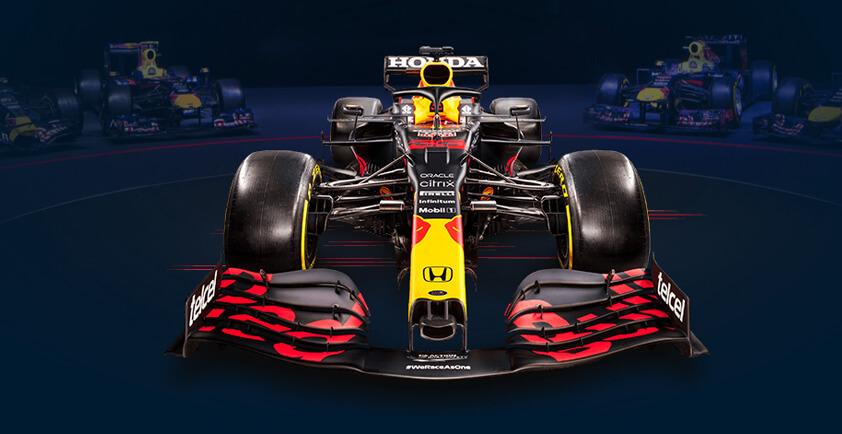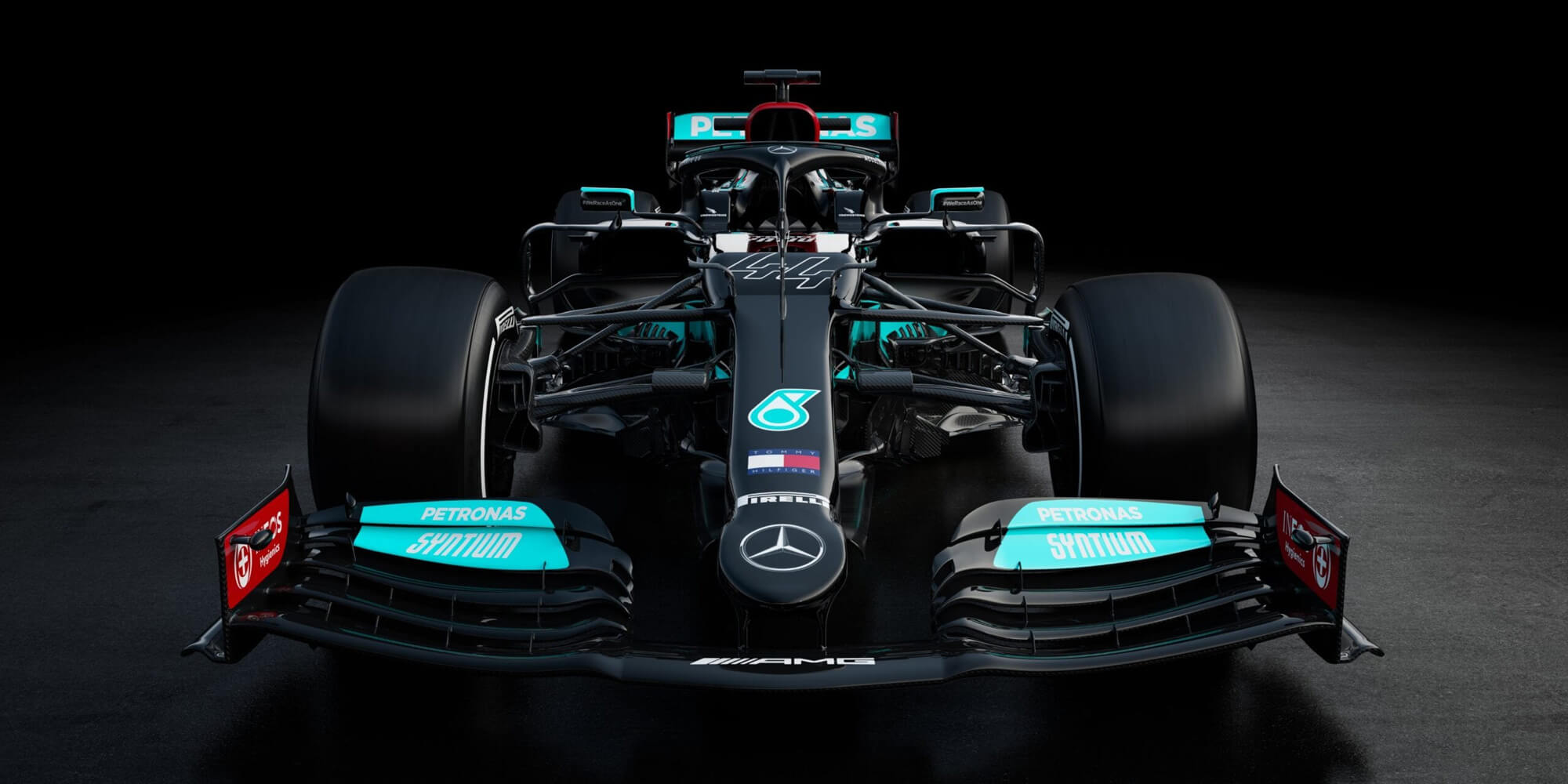
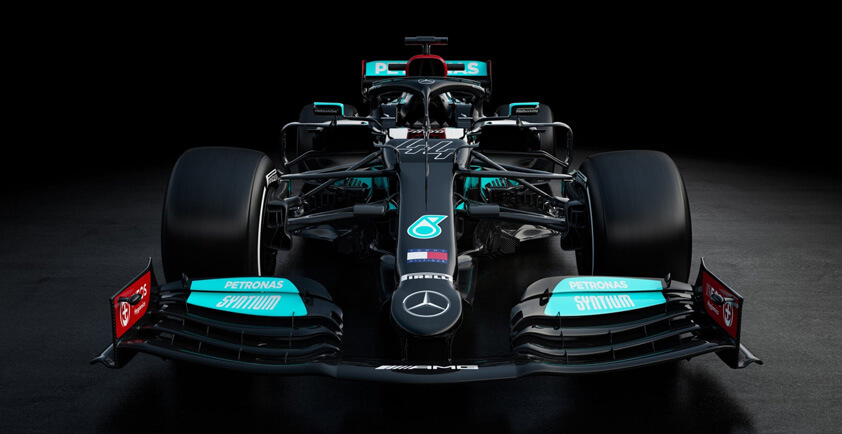
MERCEDES-AMG PETRONAS FORMULA ONE TEAM PROVES THE VALUE OF THE EDGE
>> Succeeding in the high-tech world of F1 means making use of millions of data points.
Lewis Hamilton wasn't expected to win when he stepped into a Mercedes-AMG Petronas Formula One Team car for the 2021 season opener of the F1 racing season in Bahrain in March.
By his own admission, the champion driver did not have the fastest vehicle. The Red Bull Racing Honda cars piloted by rivals Max Verstappen and Sergio Perez had logged better times in preseason testing and were considered early favorites. But Formula One teams like Mercedes F1 and Red Bull have an edge—literally.
For example, in the days and minutes leading up to the event, Mercedes F1 employed a mix of high-performance edge computing, analytics, and sensor technologies to crunch millions of data points about every car and driver in the competition. It examined thousands of race scenarios, looking at everything from ideal pitstop times to tire selection to arrive at the optimal playbook for its two cars and drivers in the race. And as the contest got underway, both remote and on-site staffers continued collecting, examining, and adapting to the data to improve performance.
In the end, all of the edge-driven preparation paid off with a masterful victory at the checkered flag for Lewis and the Mercedes F1 team, which defeated the closest competition, Verstappen and the Red Bull team. by a mere fraction of a second.
"It was one of the most thrilling, nail-biting, chest-bursting experiences that I've ever had at a racetrack," says James Allison, technical director for the Mercedes-AMG Petronas Formula One Team, in a video recap. "When he finally crossed the line, there was an outbreak of mass hysteria in our garage with the utter, utter delight of it."
Beyond the racetrack
Formula One racing has long been one of the most technologically advanced sports on the planet. But with the recent rise of edge computing empowering more local data processing, analysis, and actionable intelligence, just about any motor vehicle could soon benefit from the possibilities it brings.
Indeed, edge computing in the automotive market is poised to grow 27.5 percent each year through 2026, according to Mordor Intelligence.[1] That momentum is expected to be largely fueled by the emergence of autonomous vehicles and connected cars, which will need to rapidly process huge amounts of data to be safe and reliable while providing a wealth of information and entertainment to motorists.
"The value of placing computing at the edge is really due to the way it reduces latency as the data makes its way from the vehicles and back again," says David Witkowski, a senior member of IEEE and CEO of Oku Solutions, a wireless professional services firm. "That turnaround time has to be very low for autonomous or connected cars to work, which is why you're seeing increased automaker interest."
Witkowski says the industry is reaching a sweet spot where a marriage of edge computing and emerging 5G wireless capabilities could radically transform motor vehicles as we know them. From in-cabin augmented reality safety alerts and directions tied to nearby sensors to Lidar systems in self-driving cars that detect oncoming objects (or people), he sees this technology making unimaginable differences.
But it's not just the impact of edge technologies on the end product. Improvements in edge devices, especially in areas of the Industrial IoT, mean that manufacturing vehicles, already a highly automated process, will gain greater intelligence and flexibility as AI and autonomous edge technologies become a more integral part of the manufacturing process.
Industry making a pitstop?
But Witkowski says such dreams could be a ways off because, despite investments from automakers that are racing cars, the infrastructure doesn't yet exist to support it. And until that happens, "automakers won't have much of an incentive to do anything" more than they are today.

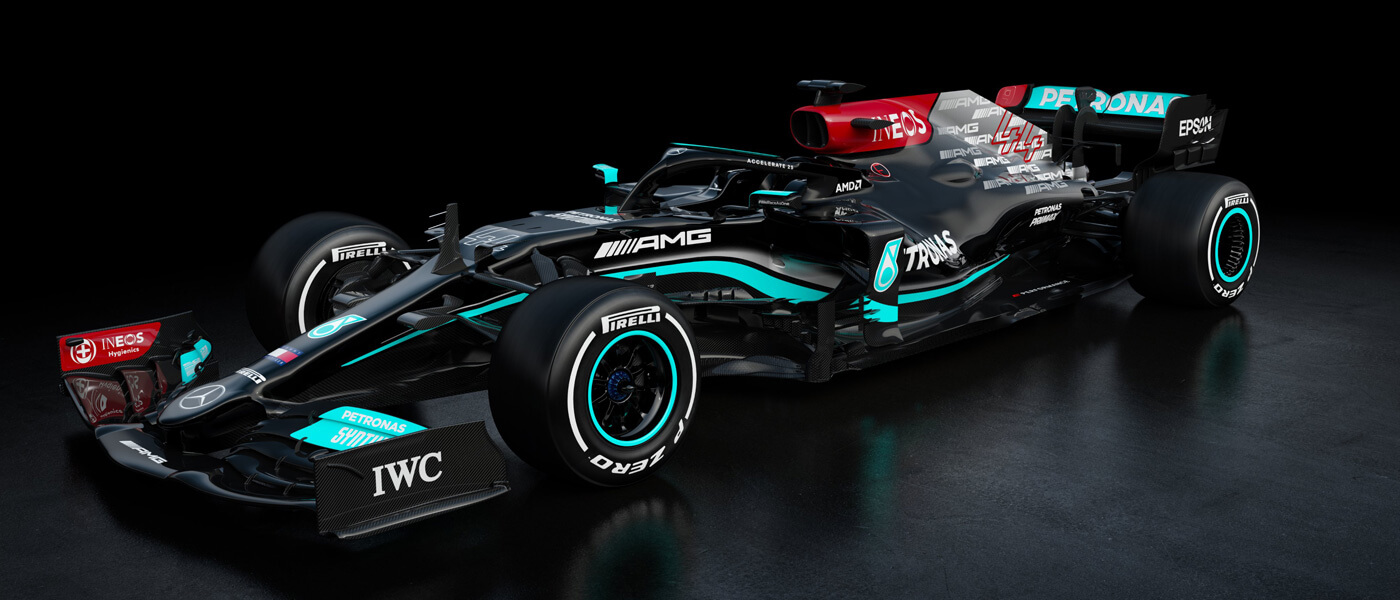
Matt Arcaro, an IoT and automotive analyst with IDC, agrees.
"Edge computing is both an interesting and challenging proposition for the automotive industry," he says. "There is an incredible amount of data coming from an increasing number of sensors and connected systems. But vehicles can travel anywhere, including into areas with limited, slow, or unavailable network coverage. As a result, automotive manufacturers and suppliers will need to work with technology companies and ecosystem vendors to ensure that their solutions support the rigorous requirements for automotive."
While that will happen, Arcaro says, automakers still face a range of ongoing and increasing challenges. For example, he notes that the current semiconductor shortage, which has hurt the industry, has spurred automakers to consider more software-defined architectures to drive compute and storage consolidation. That, he says, "will not only reduce the number of distinct processing nodes in the vehicle but will align with the adage of vehicles being 'data centers on wheels.'"
The digital dance with humans
Dr. Eng Lim Goh, CTO for high-performance computing and artificial intelligence at Hewlett Packard Enterprise, says automakers could and should watch what's already happening on racetracks for an example of that. Formula One cars, in particular, could be considered the ultimate edge devices on wheels. They are chock-full of sensors and probes that interact with high-tech edge computers, software, and storage right in the midst of all the action.
But he notes there's also a digital dance happening between all this technology and human beings. This includes the driver, whose athleticism, experience, skills, intuition, and rapid decision-making ability all play significant roles in wins or losses. Split-second decisions by Hamilton and the team in holding off a final challenge from Verstappen, for example, were widely hailed as key to reaching the winner's podium in Bahrain. The team also includes IT staffers who are constantly evaluating digital data and making real-time adjustments in the race, like pitting a car early to achieve a performance advantage from fresh tires that they hope will put them ahead when a rival driver goes into the pit (a strategy called undercutting).
Michael Taylor, IT director for the Mercedes-AMG Petronas Formula One Team, says that's exactly what happened in Bahrain.
"As Lewis says, we didn't have the fastest car on the day, yet we made use of all the capabilities available to us to maximize our performance," he says. "This enabled us to take the flag when, on another day, we probably wouldn't have been able to do that, to be honest. There was a human element involved, but it was that combination with edge technology that enabled us to win that race."
Adjusting to regulations
Edge technology has become pervasive in Formula One and racing at large. "It's been a bit of an arms race over the last decade," Taylor says. "With the major advancements in processing capability, chips, and memory, all teams have made significant investments in technology to improve their chances on the track.
"But it's also influencing day-to-day operations in factories making these cars, through material science [design] advancements and production," he adds. "If you look at the shapes and surfaces of Formula One cars going back 15 years, you see they're vastly different. Digital technology has underpinned all of that, and I would expect that to accelerate with edge computing."
Taylor notes that, because of the opportunity for one team to outspend another on such technology, the governing body for motorsports, the Fédération Internationale de l'Automobile, implemented financial regulations to level the playing field. As such, the Mercedes F1 team began adopting what it saw as the most advanced technology, within allowed limitations. And it chose partners and consultants that "understand the intricacies of our business" to help optimize the team's use of those systems.
Going down this path provided yet another edge over rivals for the Mercedes-AMG Petronas Formula One Team.
"Although all of our competitors buy the same technology, having access to experts to help us with it brought out the best in our team," Taylor says. "Time is the biggest challenge in Formula One. The more of it you give to your experts, engineers, and technicians, the better the decisions they'll be able to make."
HPE is a sponsor of the Mercedes-AMG Petronas Formula One Team.
Author - David Rand
